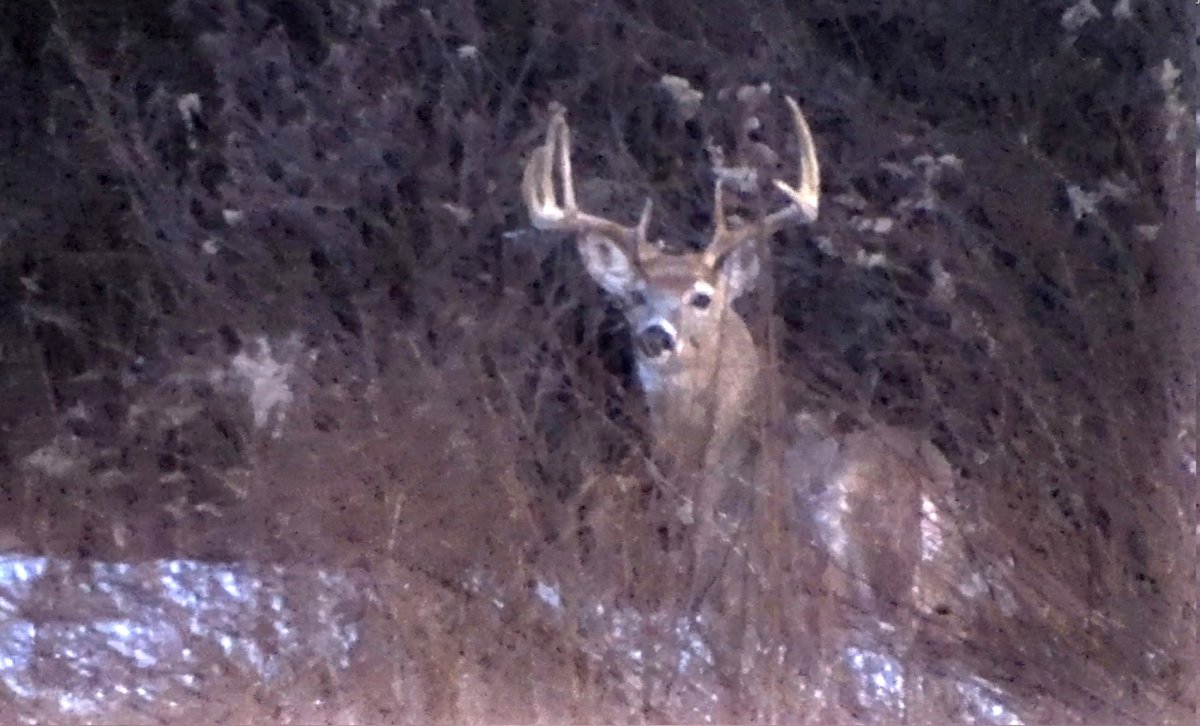Quick Strike Podcast: Trout Flies We Love to Hate (But Keep Using)

Is there such a thing as a “dirty” lure to a conventional angler? I’m not entirely sure. I’ve heard people claim a Senko is cheating in the bass game because these soft-plastic Bic pens are so effective, but for the most part, gear anglers don’t really judge what you throw.
Fly anglers are different, though. Not all — there are exceptions — but many love to break the sport down and silo the tools and tactics within it into those that “count” as “true” fly fishing and those that don’t. The ultra-purist? He’s not happy unless the trout are rising to a fly that’s matching a specific hatch going on right now. Then there’s the subset that also believes a fly isn’t really worthy if it only takes 30 seconds to tie — because fly fishing has to be complicated, right? Wrong.
My good friend and former long-time Montana fly guide Miles Nolte takes pleasure in dissecting faux pas in the fly game, and many of them stem from what you choose to tie on the end of your tippet. The irony, however, is a lot of the most hated trout flies on the market are actually matching natural hatches, and they’re all excellent patterns for fall action. So, let’s look at the three most reviled flies ever carried in fly boxes to explain why if you take issue with them, you’re the problem — not them.
Listen to this week’s episode on Apple, Spotify, or wherever you get your podcasts.
Glo Bugs & Egg Patterns
Glo bugs and egg flies might be perfectly acceptable on a steelhead river, but on a trout stream, many view them as a lazy cheat. Where I grew up in the Northeast — an area rife with stocked trout — you could tell yourself you were trying to mimic a natural egg, but you were really imitating a hatchery pellet or ball of Power Bait. But where Nolte cut his trout teeth in the West, fishing an egg meant playing dirty pool for a different reason.
“I think egg flies get such a bad rap because of guilt by association,” he says. “If you’re using an egg in the West, you’re doing it while the trout are spawning, and even though it may not be illegal, fishing to trout on their redds is unethical. If you yank a brown off its spawning redd, you’re not doing your fishery any favors. But if you’ve got deep water below a known spawning area, there’s going to be a whole load of fish there not actively spawning eating the eggs that come tumbling down.”
This scenario sets up in any river with wild fish, and if you’re being ethical about your approach, fishing an egg is, in fact, matching natural forage. Despite this, however, eggs will always be viewed as a cheat. If those same non-spawning fish were taken on a pheasant tail nymph, nobody would scoff.
Mop Flies
Nolte believes another issue people have with egg patterns is that they’re simply too easy to tie. He’s not wrong. Even a beginner can spin one up in a couple minutes, which is sometimes irksome to experienced tiers with the ability to craft elegant nymphs and dry flies. The same can be said of Mop flies. Even though they have roots in the competition fly fishing world, at the end of the day they’re nothing but a clipping from an auto or kitchen wash mitt, a pinch of dubbing, and a bead head. But love or hate them, trout can’t resist Mop flies.
“I think a lot of people consider Mop flies to be worm flies,” Nolte says. “But I don’t really think that fits. One could be a worm, but depending on the color, a Mop fly could represent anything from a cased caddis to crane fly larvae. It’s a pretty smart and versatile design, but flies that are simple to create and also very effective to really get under the skin of those fly anglers that feel like they’re only doing something well if it’s hard.”
Not only do Mop flies hammer trout, they’re equally potent for panfish and carp. If you tie one on a jig-style hook with an upturned eye, now you have a great minnow pattern as well. Furthermore, if you feel a standard Mop fly is too simple, gussy it up. This pattern lends itself to a lot of creativity. Add rubber legs, use a marker to make pattern details on the body, or experiment with hackle feathers instead of the usual dubbing collar.
Worm Flies
It’s not difficult to figure out why so many fly anglers hate worm patterns. Worms are bait and fly fishermen don’t do bait. Still, you’d be hard pressed to find a fly guy on a trout stream that isn’t packing a few San Juan or Squirmy worms, especially during the colder months. Like eggs and Mop flies, these patterns can be whipped up in minutes, but according to Nolte, under the right conditions a worm fly matches the natural “hatch” better than any other bug in your box.
Read Next: The Best Trout Fly Rods of 2025, Tested and Reviewed
“If you get a water bump and the tributaries are dumping into the main river hard, that’s the best time to fish a worm fly,” he says. “High water loosens the dirt along the banks, and when that happens it’s going to flush a lot of Earth worms into the system. If you’re ever in a situation where a tributary is pumping a lot of sediment and debris into a clean river, you have a very good chance of doing well with worm flies.”
What’s most important is understanding that fish do get to eat worms even when nobody is buying them at a gas station and sending them out on a baitholder hook. If your gripe with worms is that they aren’t natural good, that’s simply incorrect. Truthfully, I think most fly anglers understand that, but the idea of being labeled a lowly worm dunker is just too much to bear.
Read the full article here









